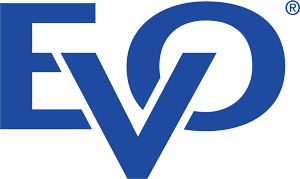If you’re a merchant who accepts credit cards as a form of payment, you are probably aware that you are being charged processing fees for accepting those credit cards. However, the fees that you are being charged can vary, and they are not always easy to understand. The following is a quick explanation of the different levels of processing and how they can affect the overall rate that is charged for credit card acceptance.
The History of Level 3 Processing
Level 3 processing was designed to help large corporations and government entities monitor their spending by gathering more details about every transaction. With more information about the transaction, organizations can track where their money is being spent and even set restrictions on purchases.
Processing level 3 data requires the merchant to provide more details to the processor when they submit a transaction. The extra information increases the odds that the sale is not fraudulent, which means the credit card companies view the transaction as a lower risk.
Levels of Data
Credit card transactions are categorized into different levels based on the information that is passed through at the time of processing. Each level is defined by the amount of data required to complete a payment. The more data that is passed through, the higher the level that the transaction is considered, which lowers the interchange rates – the fees associated with processing a credit card.
Level 1: This is the lowest level because it requires the smallest amount of data to process. Due to the low requirements, it has potentially the highest costs. These transactions are usually business to consumer (B2C). Level 1 processing includes…
- Total purchasing amount
- Date
- Merchant category code
- Supplier name
Level 2: This is a more detailed transaction designed for business to business (B2B) payment processing because it benefits corporate buyers due to restriction capabilities. The information captured includes that required in Level 1, but can additionally require…
- Merchant name
- Transaction amount
- Tax amount
- Transaction date
- Customer code or PO number
- Merchant zip code
Level 3: Level 3 includes all the requirements of Levels 1 and 2, but requires even more information that is often found on an itemized invoice, including…
- Ship-from and destination zip codes
- Invoice number or order number
- Product code
- Unit of measure
- Item description
- Extended item amount
- Item quantity
- Freight amount
- Duty amount
In conclusion, merchants can focus on the data that they have available and attempt to pass through as much of it as possible for each transaction they process in order to achieve lower interchange rates.
How Nodus Can Help
Nodus works with merchants to setup their payment processing software, merchant account, and payment gateway so that they can accept level 2 and 3 processing data. Our software is designed to transfer the detailed data through to the processor so that merchants are always receiving the lowest rates. In addition, Nodus’ payment acceptance team works to prevent downgrades, reduce transaction fees, and save money with purchase and corporate card transactions.
To learn how Nodus can help, contact us at 909-482-4701 opt 1 or sales@nodus.com

